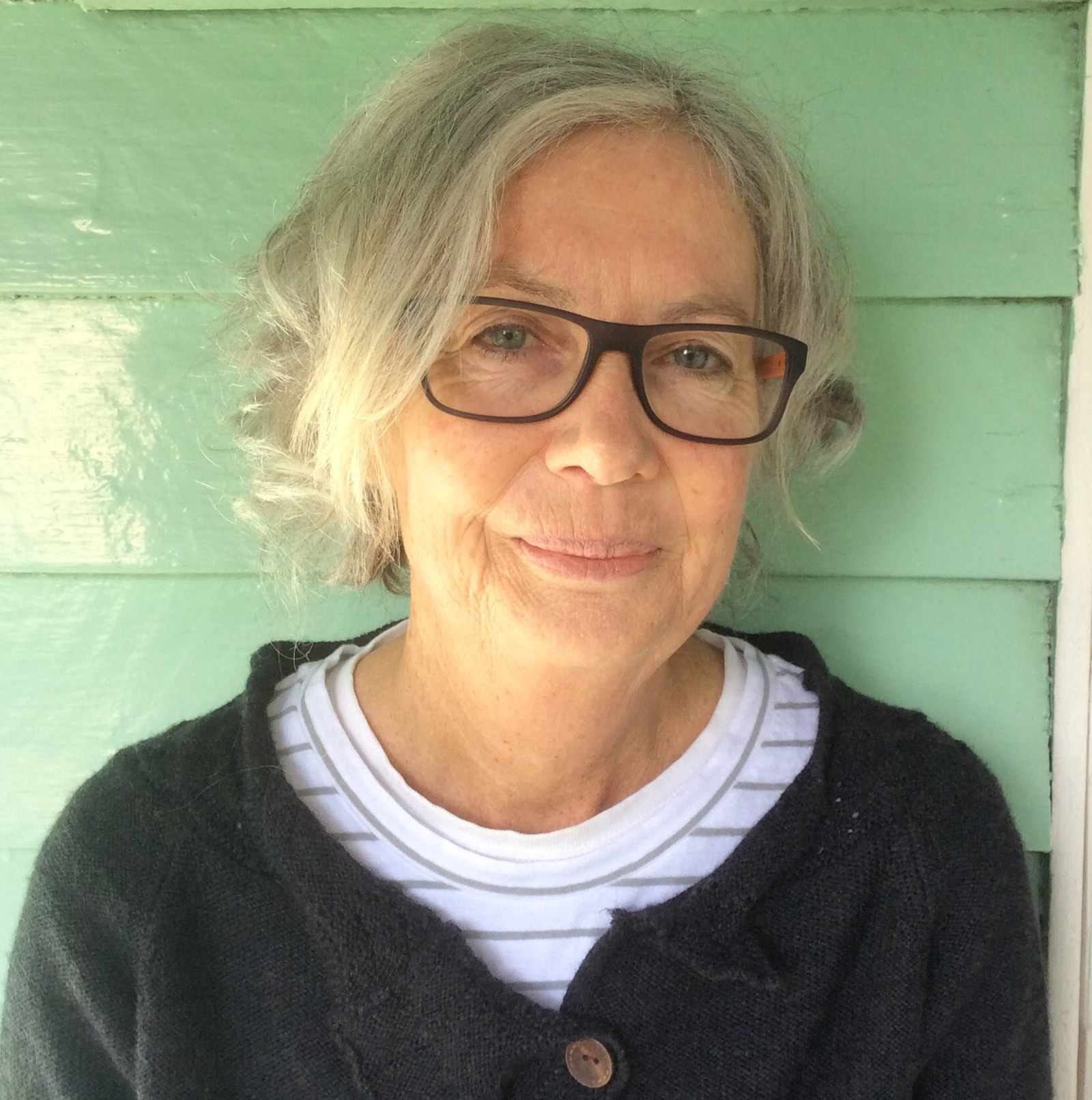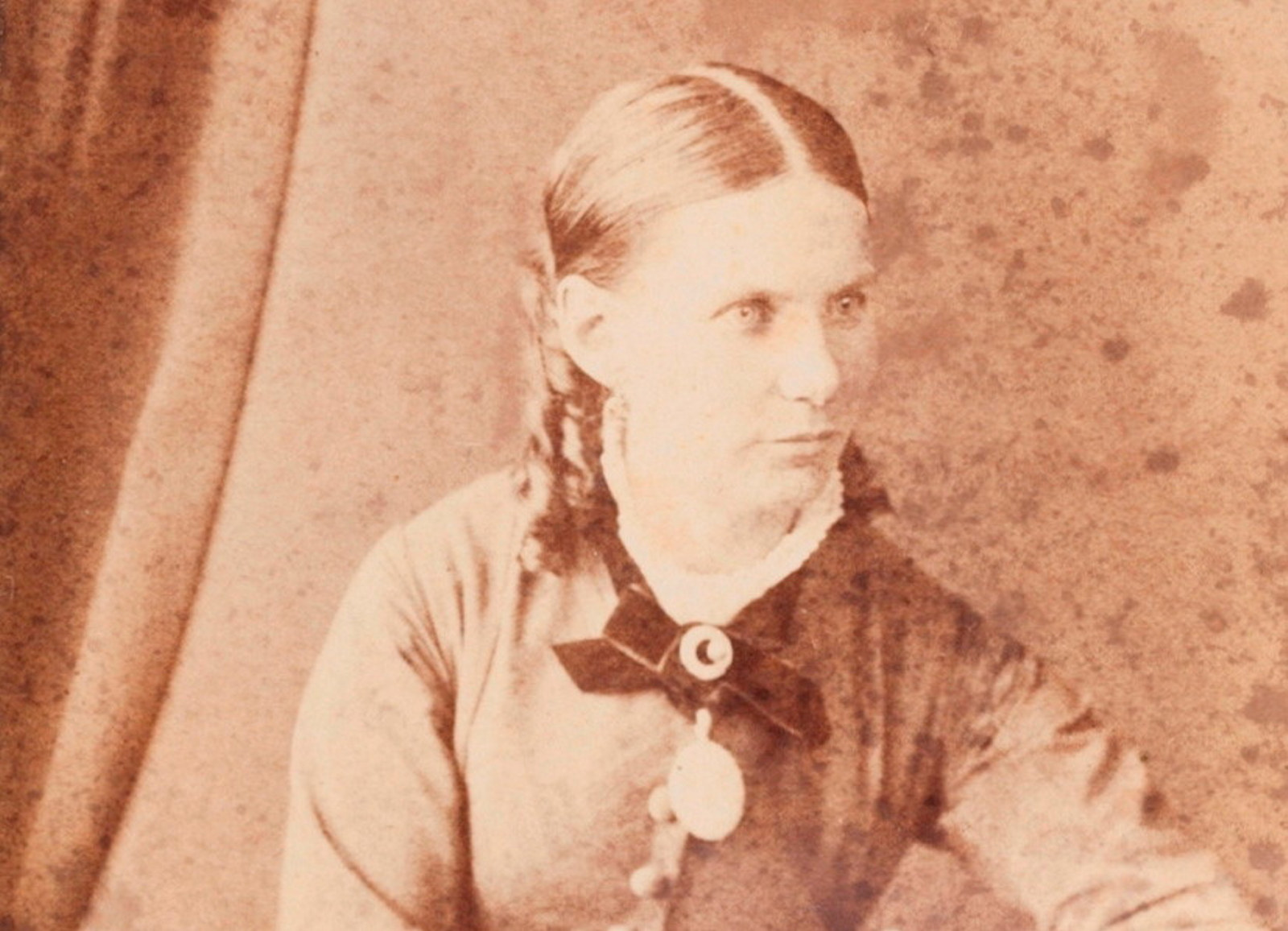Washed away: the story of Meroogal's clock
Occupied for a century by five generations of the same family, Meroogal has accumulated a rich store of treasures and stories. In the hallway is a grandfather clock with the most wonderful and eventful history.
It first arrived from Scotland with the McKenzie family and was with them when they moved to a small village called Terara, on the banks of the Shoalhaven River. There the McKenzie family and their clock might have stayed if not for a catastrophe that struck in 1860.
By the banks of the Shoalhaven
Before the arrival of Europeans, including the McKenzies, the Shoalhaven district was a very different place. Its thickly wooded landscape, divided by river valleys, was home to the Yuin and Tharawal peoples.
The Shoalhaven River starts from far away in Cooma, winding through gorges and past inland sandy beaches, and eventually spreading out onto a rich alluvial flood plain which was originally thick with vegetation. In 1805 the explorers Lt. Bartholomew Kent and surveyor James Meehan first reported red cedar trees (Toona ciliata) along the river and it was the opportunity for cedar-cutting that initially brought more Europeans to the area.
Alexander Berry (1781-1873) was another early explorer of the Shoalhaven River. With an eye to the wealth the cedar trees offered, he arrived in the district on the 21st June, 1822 to take up a land grant of 10,000 acres. The private estate he established on the north side of the river was called Coolangatta, while the land holdings on the southern side he called Numbaa.
In later years, as more settlers arrived, the village of Terara was established on the southern bank of Shoalhaven with a large public wharf. The productive alluvial soil was a magnet for the new colonial settlers. The river was vital for the development of the region as all the transportation of passengers, goods and information was by boat. Proximity to the river was important, however this came with an ominous side; as the indigenous inhabitants had long known, floods came with alarming regularity.
The Mackenzies and Thorburns
In October 1838, Thomas (ca.1794-1892) and Mary McKenzie arrived from the parish of Loch Broom Ross Shire, in the highlands on the north-west coast of Scotland. Their first farming venture was in the coastal village of Kiama, which in 1839 boasted only four houses. A few years later Thomas entered into a partnership and took a farm upriver on the Shoalhaven in an area known as Wogamia. It was while living here in 1846 that their daughter Jessie Catherine (1824-1916) married Robert Thorburn, with the birth of their first child, a boy named for his father, the following year. Jessie and Robert eventually bought their own farm closer to the escarpment, away from the river, and raised their eight children.
In 1859, Thomas, Mary and their unmarried children moved and bought some allotments in the town of Terara, possibly for his retirement as he was now 67 years old. The move to what was, by comparison, the more cosmopolitan life of Terara was to prove disastrous.
‘The most appalling scene of wildest desolation’: the great flood of 1860
Only a year later the Shoalhaven flooded; one of a series of flash floods across the South Coast and entire Sydney Basin as the Nepean, Hawkesbury and Shoalhaven rivers all burst their banks, with catastrophic results. Thomas, Mary and their children narrowly escaped with their lives as their home was swept away. The Sydney Morning Herald, in a lengthy and detailed report about this most recent flood, described the devastation:
The desolation of this district is beyond adequate description. …So quickly did the river rise that no time was afforded to save a single article. Women and children were carried through the water; some took refuge on the tops of their houses, and were swept away ; others flew to haystacks; many hung on to the branches of trees, and remained there for hours until taken off by boats.
A poignant reminder
Their possessions, home, and even the land on which it had stood vanished; so, with the help of their married children, the McKenzies moved away to the nearby village of Cambewarra. It seemed that the family had lost everything. Miraculously however, after the flood waters fully receded, the face and inner workings of their grandfather clock were recovered; the case had been smashed and the mechanism was full of mud. Eventually the clock was cleaned and returned to working order and, with a new case, became a treasured reminder of their lucky escape.
In 1879 the McKenzies were joined at Fairfield, Cambewarra, by their 14-year-old granddaughter Kennina Thorburn - known as Tottie or Tot - who cared for them. Tottie’s widowed mother Jessie and three sisters, meanwhile, had moved into a new house. This was Meroogal, built for the family by Tot’s older brother Robert to a design by their uncle, Jessie’s younger brother Kenneth McKenzie (1836-1922).
Meroogal was built on several allotments on the western edge of the new town of Nowra, which had been laid out well above any possible flood line to avoid the earlier catastrophe.
After the deaths of Mary (1886) then Thomas (1892, aged 98), the grandfather clock was left to Tottie and, when she returned to live at Meroogal, she brought it with her, along with a number of their other possessions.
The clock was installed in the hallway and now, 125 years later, it is still keeping time for visitors to the house. It is an enduring reminder of the family’s emigration to New South Wales, the destruction at Terara, and the founding of the township of Nowra itself.
Published on
Meroogal stories
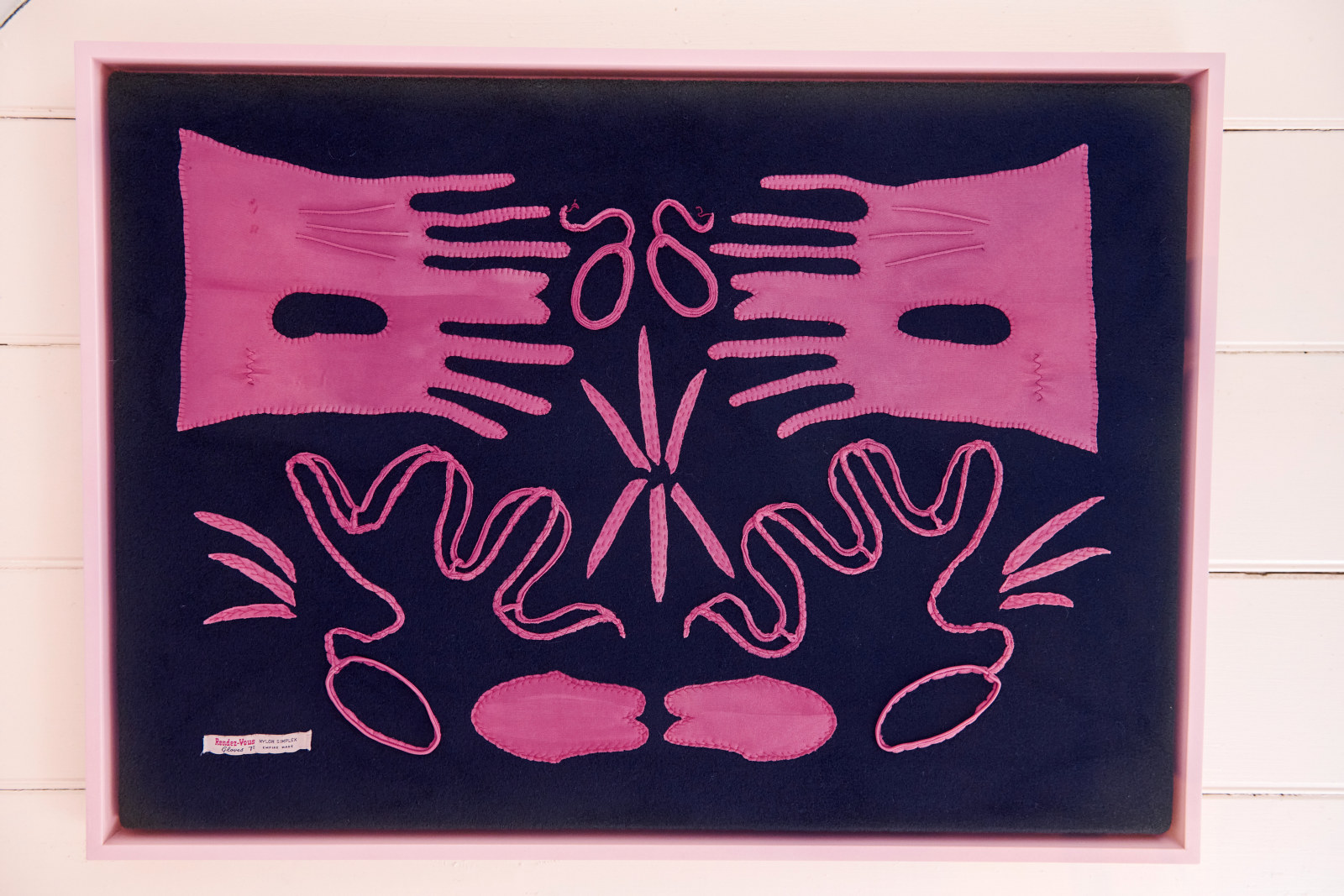
Celebrating women artists across NSW
The Meroogal Women’s Art Prize, now in its 19th year, was launched on 16 September 2022
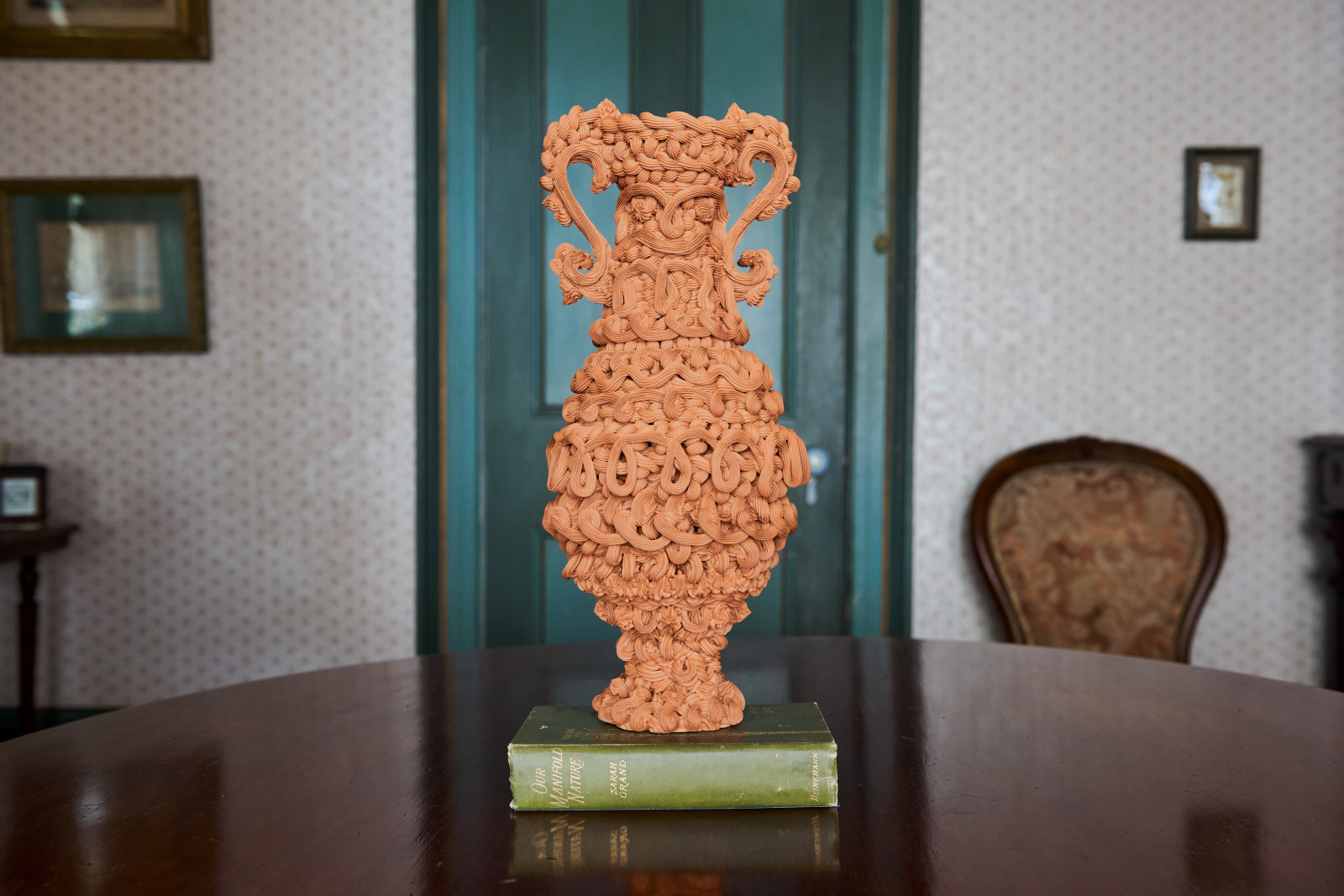
In conversation with Ebony Russell
We sat down with the winner of the Meroogal Women’s Art Prize 2022
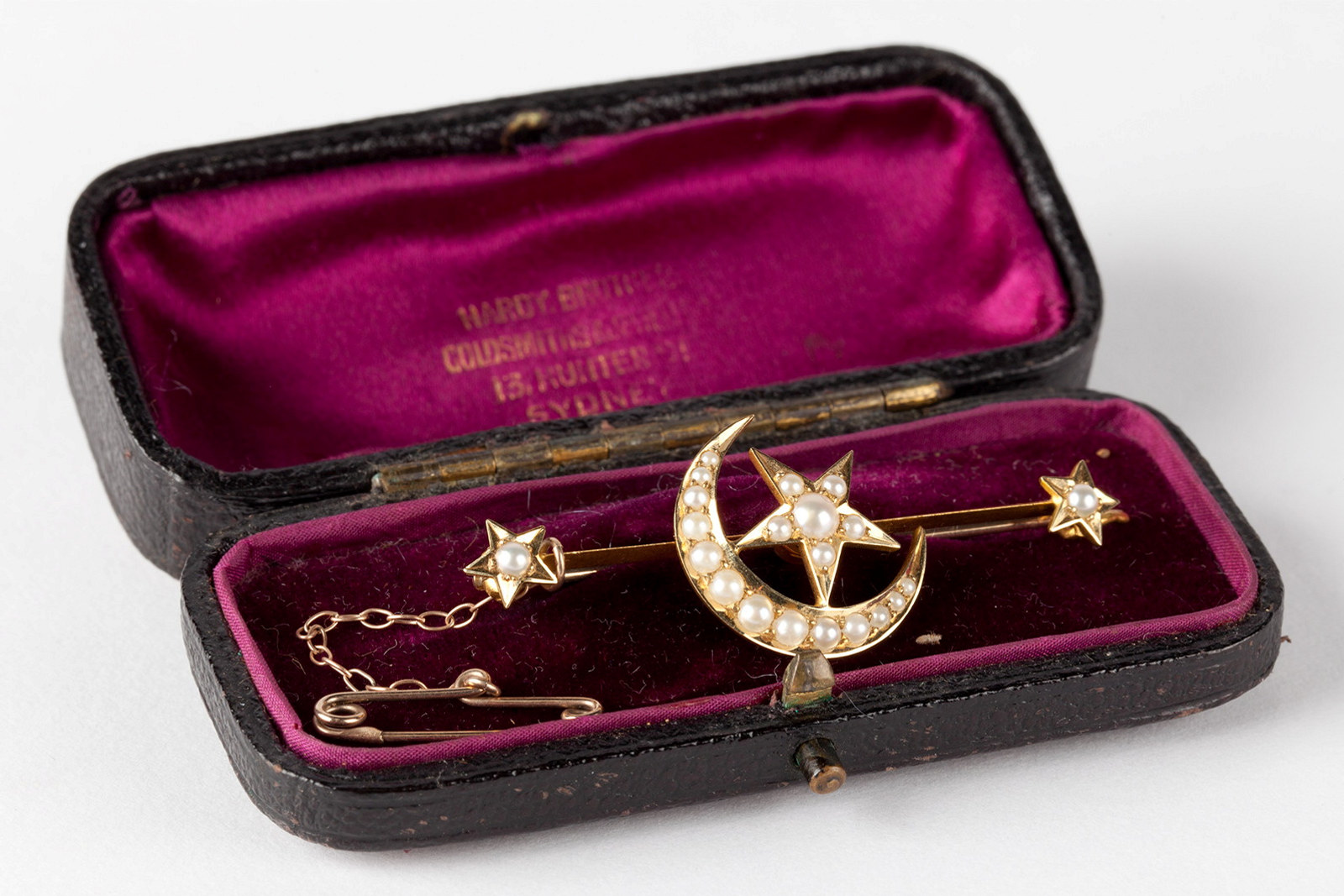
Baubles, brooches & beads
We wear jewellery as articles of dress and fashion and for sentimental reasons – as tokens of love, as symbols of mourning, as souvenirs of travel
